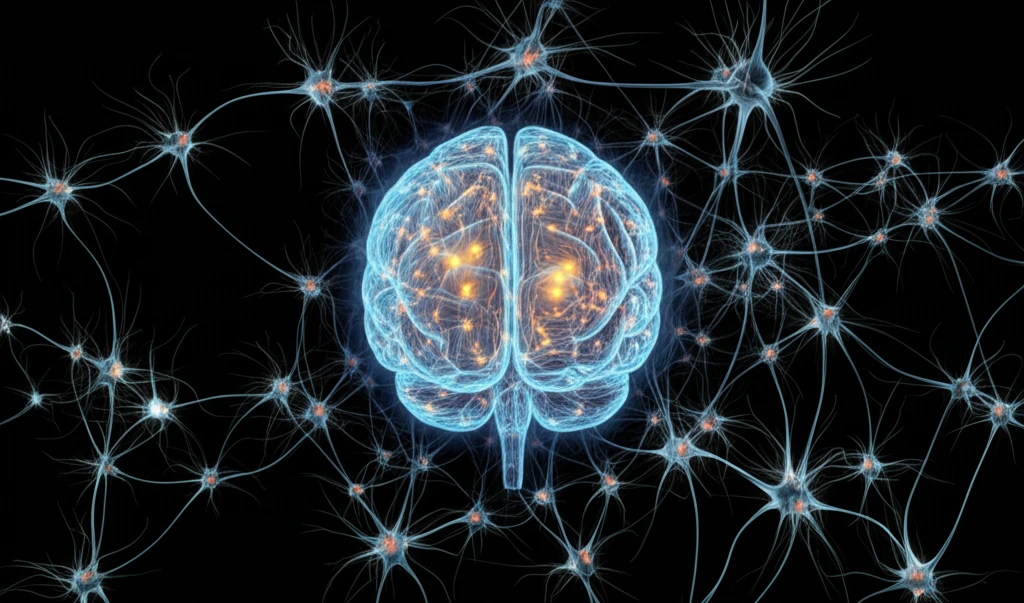
Unlocking Brain Development: The Role of Connexins in Early Life
"New research sheds light on how these essential proteins shape our neural pathways, influencing everything from sensory perception to cognitive skills."
The human brain, a marvel of biological engineering, undergoes its most critical development stages in early life. These formative years lay the foundation for everything from sensory perception to complex cognitive functions. Central to this intricate process is the formation and refinement of neural connections, and recent research is uncovering the crucial role of connexins—specialized proteins that form gap junctions—in orchestrating these developments.
Connexins facilitate direct cell-to-cell communication, allowing the rapid exchange of ions and small molecules. This intercellular communication is particularly vital in the developing brain, where it helps synchronize neuronal activity and coordinate the structural organization of the neocortex. Understanding how connexins function during this period is not just an academic pursuit; it offers potential pathways for interventions aimed at mitigating developmental disorders and enhancing cognitive outcomes.
A new study published in the Neurochemical Journal delves into the expression profiles of two key connexins, connexin-30 (Cx30) and connexin-32 (Cx32), in the somatosensory and visual cortices of rats during early postnatal ontogeny. By comparing the dynamics of mRNA levels for these connexins, the researchers provide insights into the regional differences in brain maturation and the specific roles these proteins play.
Connexins: The Unsung Heroes of Brain Development

The neocortex, the brain's outer layer responsible for higher-order functions, doesn't mature uniformly. Different areas, such as the somatosensory and visual cortices, develop at varying rates, impacting the timing of functional abilities. Gap junctions, formed by connexin proteins, are crucial for this maturation process. These junctions allow neighboring cells to directly exchange signals, synchronizing their activity and facilitating the formation of neural networks.
- Cx30 mRNA levels progressively increased in the somatosensory neocortex from postnatal day 5 to day 20.
- In the visual cortex, Cx30 mRNA levels began to increase only after postnatal day 10.
- Cx32 expression started to increase after postnatal day 10 in the somatosensory cortex and after day 13 in the visual cortex.
- These results suggest that connexin expression is more intense in the somatosensory cortex during early ontogeny, reflecting the faster maturation of this area compared to the visual cortex.
Implications and Future Directions
Understanding the precise roles of connexins in brain development opens new avenues for therapeutic interventions. By targeting connexin expression or function, it may be possible to enhance neural connectivity, improve sensory processing, and mitigate the effects of developmental disorders. Future research should focus on elucidating the specific mechanisms by which connexins influence neuronal activity and network formation, as well as exploring the potential for pharmacological or genetic interventions to modulate connexin function. As we continue to unravel the complexities of early brain development, connexins emerge as key players in shaping the neural landscape and influencing our cognitive potential.
